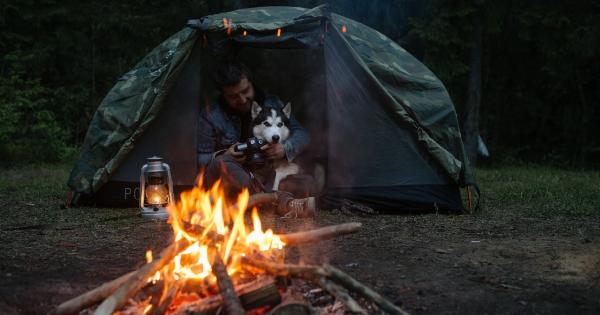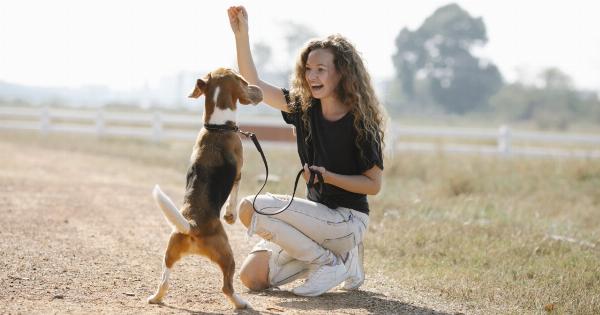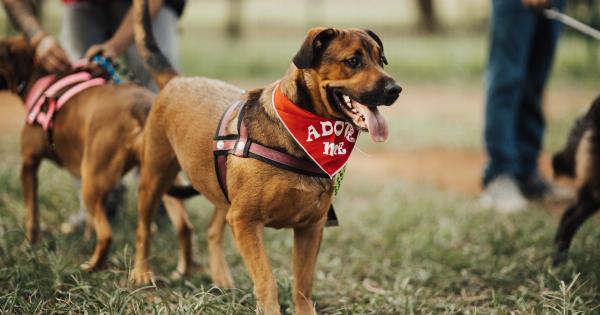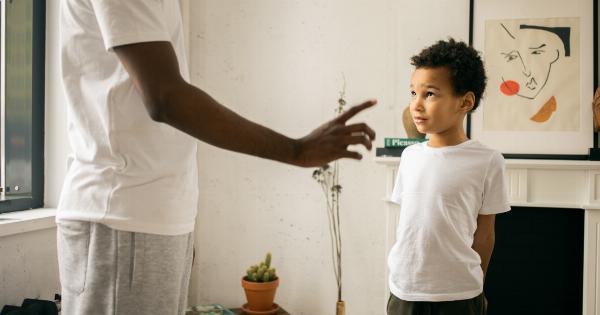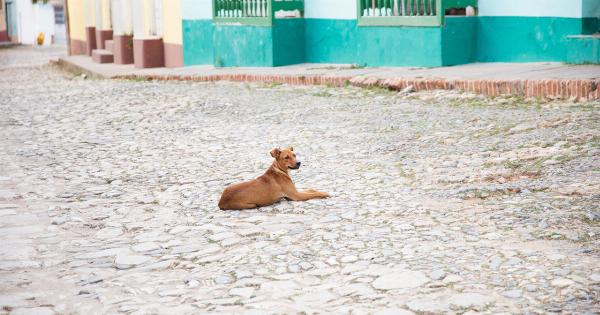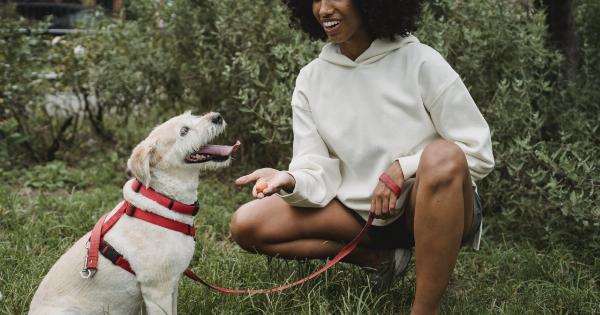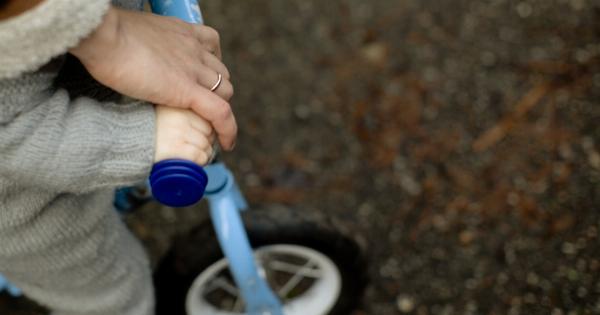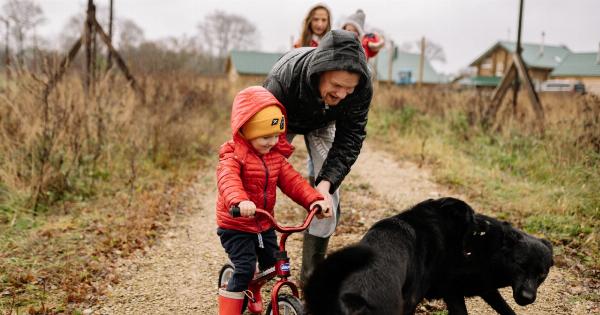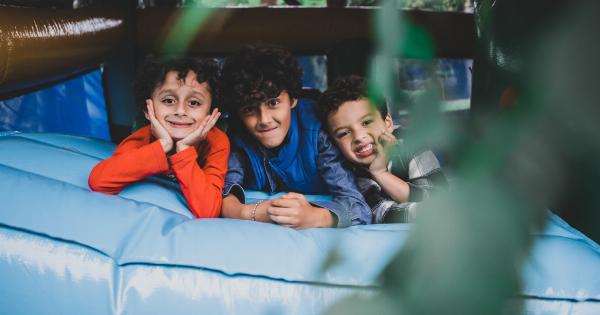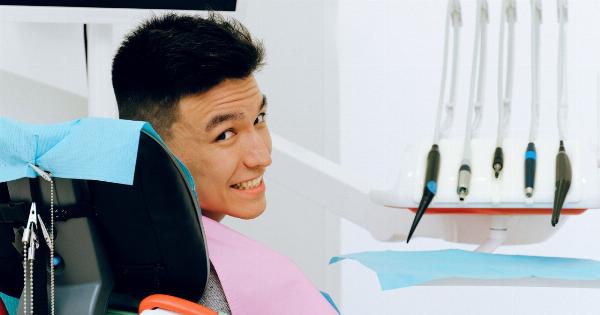How to Approach a Dog After a Traumatic Event
Going through a traumatic event can have a profound impact on dogs, just like it does on humans. Whether it’s a natural disaster, an accident, abuse, or any other traumatic experience, dogs can suffer from fear, anxiety, and mistrust.
As pet owners, it is our responsibility to approach our furry friends with understanding and to help them recover from their traumatic experiences. In this article, we will discuss how to approach a dog after a traumatic event and provide tips to help them feel safe, loved, and secure again.
1. Assess the Situation Carefully
Before approaching a dog after a traumatic event, it is essential to assess the situation carefully. Determine whether the dog poses any immediate danger or if they are in a state of distress that needs immediate attention.
If the dog seems aggressive, overly fearful, or in pain, it is crucial to contact a professional, such as a veterinarian or an animal behaviorist, for guidance and assistance.
2. Give the Dog Space and Time
After a traumatic event, dogs may need space and time to process what they have experienced. Respect their need for solitude and create a safe and quiet place for them to retreat to if they prefer.
Provide a comfortable bed or crate, as well as soft blankets and toys they find familiar. Giving them space allows them to regain a sense of control and security.
3. Approach the Dog Slowly and Calmly
When it comes to approaching a dog after a traumatic event, remember that slow and calm movements are key. Sudden or erratic movements can increase their fear and anxiety levels. Approach the dog slowly, speaking in a soothing and gentle tone.
Avoid direct eye contact initially, as it can be perceived as a threat. Allow the dog to come to you when they feel comfortable.
4. Use Positive Reinforcement
Positive reinforcement plays a crucial role in helping traumatized dogs rebuild their trust and confidence.
When the dog displays even the smallest signs of relaxation or positive behavior, use treats, praise, and gentle petting to reinforce their progress. This positive association helps them associate good experiences with human interaction and reduces their anxiety over time.
5. Respect Their Boundaries
Traumatized dogs may have heightened sensitivity to touch, loud noises, or certain triggers that remind them of their traumatic experience. It is essential to respect their boundaries and avoid forcing them into situations that make them uncomfortable.
Gradually introduce them to potential triggers in a controlled and positive manner, ensuring they feel safe and supported throughout the process.
6. Create a Consistent Routine
Routine provides dogs with a sense of security and stability. Establish a consistent daily routine for feeding, exercise, playtime, and rest.
Dogs thrive on predictability, and having a routine can help them gradually regain their confidence and trust in their environment.
7. Engage in Positive Activities
Engaging in positive activities can help distract traumatized dogs from their fears and anxieties while promoting bonding and trust-building.
Take them for calm walks in peaceful environments, engage in gentle play sessions, or provide them with interactive toys that stimulate their minds. These activities can have a positive impact on their overall well-being.
8. Seek Professional Help if Needed
While many dogs can recover from traumatic events with time, patience, and love, some may require professional help.
If your dog’s fear, anxiety, or aggression persists or worsens despite your best efforts, consider consulting a veterinarian or an animal behaviorist. They can provide a comprehensive evaluation and develop a tailored treatment plan to address your dog’s specific needs.
9. Be Patient and Understanding
Recovering from a traumatic event takes time, and each dog will have their own unique healing journey. It is essential to be patient, understanding, and empathetic throughout the process.
Celebrate even the smallest milestones and provide constant support and reassurance, guiding them towards a happier and more confident future.
10. Surround the Dog with Love and Care
Lastly, surround the dog with love, care, and a nurturing environment. Provide a balanced diet, ensure they receive regular veterinary care, and address any physical or emotional issues promptly.
Demonstrate your love and commitment through consistent positive interactions, gentle touch, and plenty of cuddles. With time, the dog will begin to trust and believe in the unconditional love you are offering.
Conclusion
Approaching a dog after a traumatic event requires patience, understanding, and empathy.
By assessing the situation carefully, giving the dog space and time, approaching them slowly and calmly, and using positive reinforcement, we can help them recover from their traumatic experiences. It is vital to respect their boundaries, create a consistent routine, engage in positive activities, and seek professional help when necessary. Above all, be patient, understanding, and surround the dog with love and care.
Together, we can help our furry companions heal and regain their trust in the world once again.

